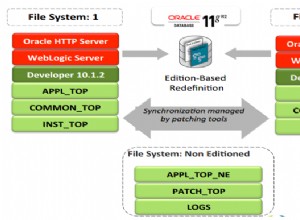Będziesz potrzebować serwera, który będzie obsługiwał żądania z Twojej aplikacji React i odpowiednio aktualizuje bazę danych. W jedną stronę byłoby użycie NodeJS, Express i node-mysql jako serwer:
var mysql = require('mysql');
var express = require('express');
var app = express();
// Set up connection to database.
var connection = mysql.createConnection({
host: 'localhost',
user: 'me',
password: 'secret',
database: 'my_db',
});
// Connect to database.
// connection.connect();
// Listen to POST requests to /users.
app.post('/users', function(req, res) {
// Get sent data.
var user = req.body;
// Do a MySQL query.
var query = connection.query('INSERT INTO users SET ?', user, function(err, result) {
// Neat!
});
res.end('Success');
});
app.listen(3000, function() {
console.log('Example app listening on port 3000!');
});
Wtedy możesz użyj fetch wewnątrz komponentu React, aby wykonać żądanie POST do serwera, mniej więcej tak:
class Example extends React.Component {
constructor() {
super();
this.state = { user: {} };
this.onSubmit = this.handleSubmit.bind(this);
}
handleSubmit(e) {
e.preventDefault();
var self = this;
// On submit of the form, send a POST request with the data to the server.
fetch('/users', {
method: 'POST',
data: {
name: self.refs.name,
job: self.refs.job
}
})
.then(function(response) {
return response.json()
}).then(function(body) {
console.log(body);
});
}
render() {
return (
<form onSubmit={this.onSubmit}>
<input type="text" placeholder="Name" ref="name"/>
<input type="text" placeholder="Job" ref="job"/>
<input type="submit" />
</form>
);
}
}
Pamiętaj, że jest to tylko jeden z nieskończonych sposobów na osiągnięcie tego.




